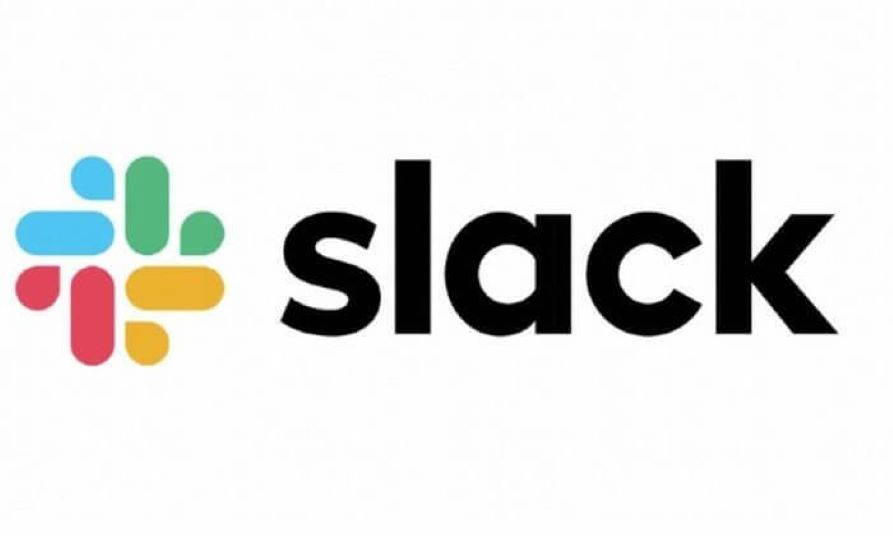
“Team chat app company Slack on Monday provided guidance on its business for the current quarter, showing it expects slowing revenue growth as it prepares to go public later this month.
Slack said in a statement that for the second quarter of its 2020 fiscal year, which ends on July 31, it expects revenue of $139 million to $141 million. That would be growth of 52 percent in the middle of the range, a significant slowdown from the 67 percent annualized growth it reported for the first quarter.” Read the full story at CNBC.
Slack Has a Product People Love to Use — Is It Enough?
Analyst Take: While Slack’s current fiscal quarter 2 isn’t set to end until July 31st, the company released forward-looking guidance for the remainder of the quarter as the company is set to go public with a direct listing on June 20th (Note: Slack has chosen a direct listing rather than IPO).
This is a big day for the company and is expected to one of the hottest listings of the year, with financial analysts projecting valuations north of $16 Billion and the product itself has been the darling of the collaboration space over the past few years. Begging the question, should investors be jumping on this one, and what does the future hold for Slack?
Slack co-founder Stewart Butterfield (also the co-founder of Flickr) shared his estimates for the quarter in range of $139-141 Million, showing about 52 percent growth, a significant slowdown from the 67 percent annualized growth it had reported in the first quarter. Furthermore, for the year, the company set expectations at around $590-600 Million, taking growth down to only 49 percent.
Over the past two fiscal years, 2019 and 2018, the company had growth of 82 percent and 110 percent respectively. Even with all this revenue and growth, the company is following the suit of other unicorns and losing money each quarter. For the year it is expecting to lose .41-44 cents per share.
Sure, things slow down as a company grows and matures. Although this is always met with more resistance when the company’s growth slows AND they have no idea how they plan to make money, and THAT is what worries me most about Slack.
In the company’s S1 filing, the company alluded to the fact that it wasn’t making money and at this point in time, even with the growth, the company didn’t clearly see a path to making money. Coupled with slowing growth and a general market sentiment that we may be hitting the top of the market, and this has shown with darling IPOs Lyft and Uber both taking a beating when they went public. I still remember how shocked I was to see that in the company’s S1. I mean, we know many unicorns enter the market without a clear path to profit, but….
Slack has a product that people love to use, and that is good. Unlike Snap and some other flops, Slack is an enterprise product and they have the kind of product that can be used by companies of vastly different sizes.
Having said that, their competition is formidable in the likes of Cisco and Microsoft; two companies that have only really turned their attention back to collaboration (specifically innovating their products), over the past year or two. However, given Slack’s place in the market, I think they need to be more like Zoom (see my just-published analysis of Zoom earnings below). They need to keep the triple digit growth going and show an ability to win significant paid customers.
Even so, the sleeping giants at Cisco and Microsoft are awake. Growth is the answer for Slack, and of course having the path to profit. Having said that, I don’t think this weak guidance will stop investors from jumping in. People love a good unicorn, and this may be the most exciting listing to hit the street in a while. However, they have 2-3 quarters to show that they can grow faster or get closer to profit, or I do think investors will look elsewhere for big returns.
Related reads:
Zoom Earnings — Crushing It, But There Are Big Hurdles Ahead
Cisco Live — Collaboration Goes Cognitive and Interoperable
The original version of this article was first published on Futurum Research.
Daniel Newman is the Principal Analyst of Futurum Research and the CEO of Broadsuite Media Group. Living his life at the intersection of people and technology, Daniel works with the world’s largest technology brands exploring Digital Transformation and how it is influencing the enterprise. From Big Data to IoT to Cloud Computing, Newman makes the connections between business, people and tech that are required for companies to benefit most from their technology projects, which leads to his ideas regularly being cited in CIO.Com, CIO Review and hundreds of other sites across the world. A 5x Best Selling Author including his most recent “Building Dragons: Digital Transformation in the Experience Economy,” Daniel is also a Forbes, Entrepreneur and Huffington Post Contributor. MBA and Graduate Adjunct Professor, Daniel Newman is a Chicago Native and his speaking takes him around the world each year as he shares his vision of the role technology will play in our future.

